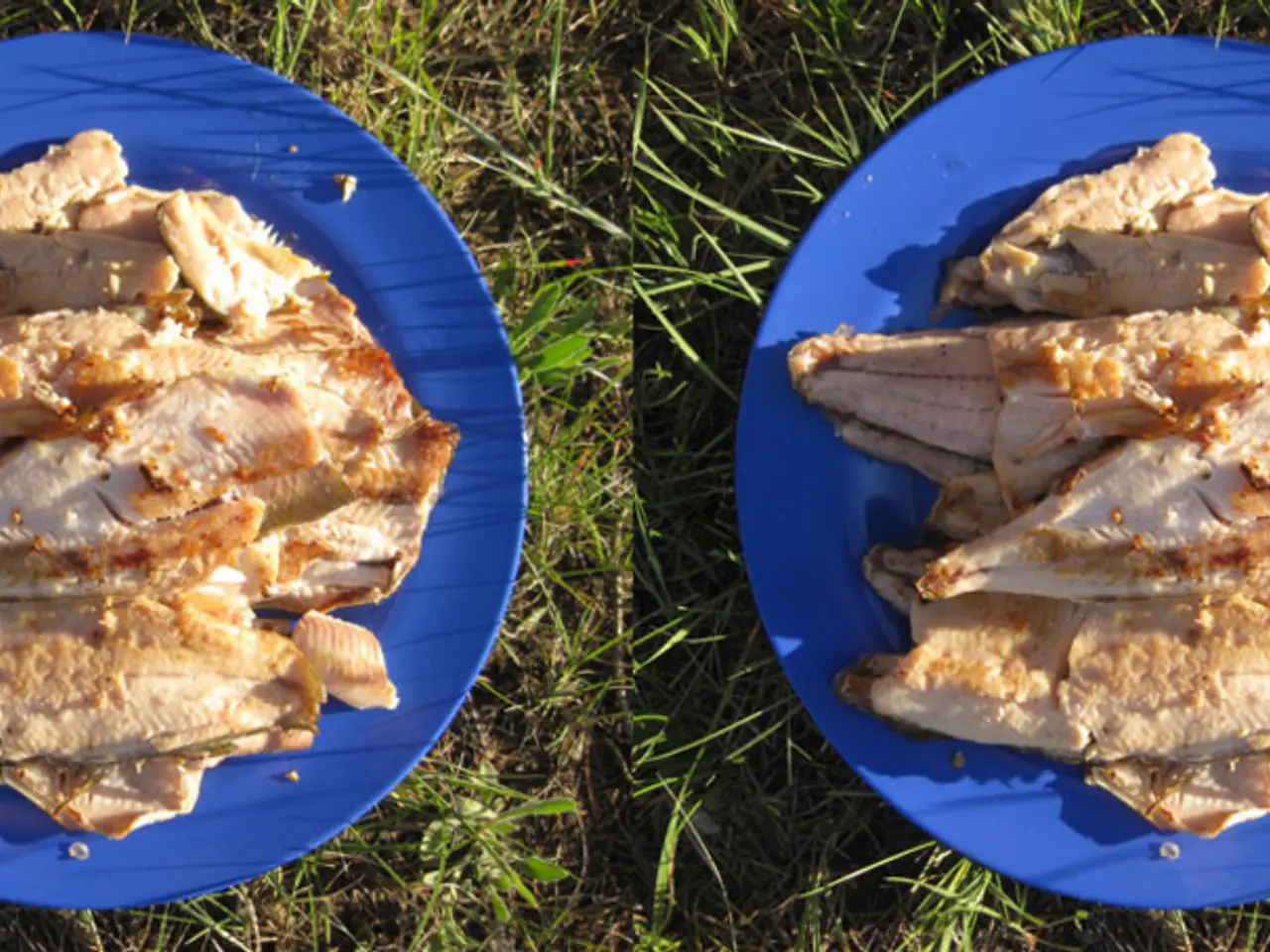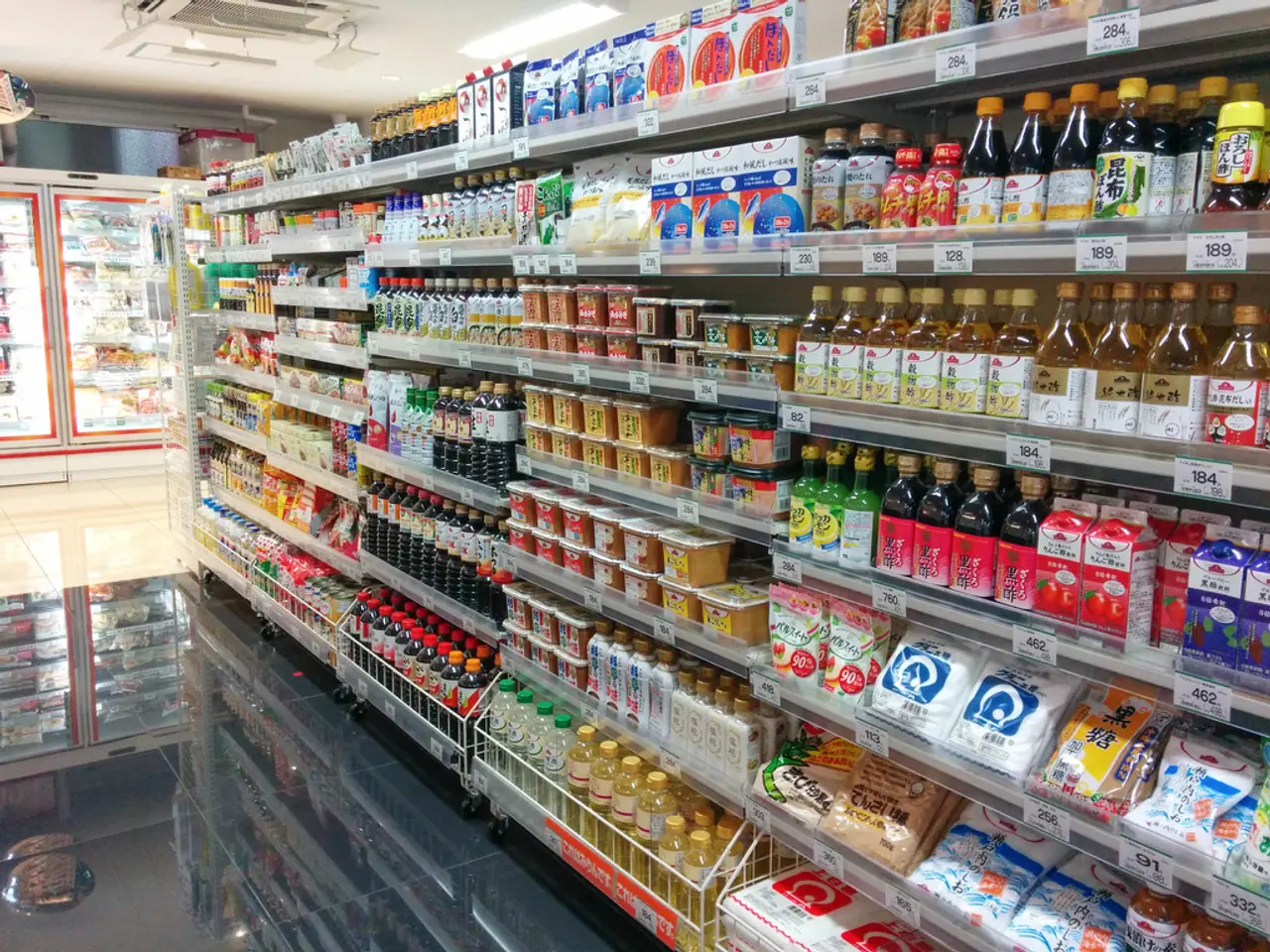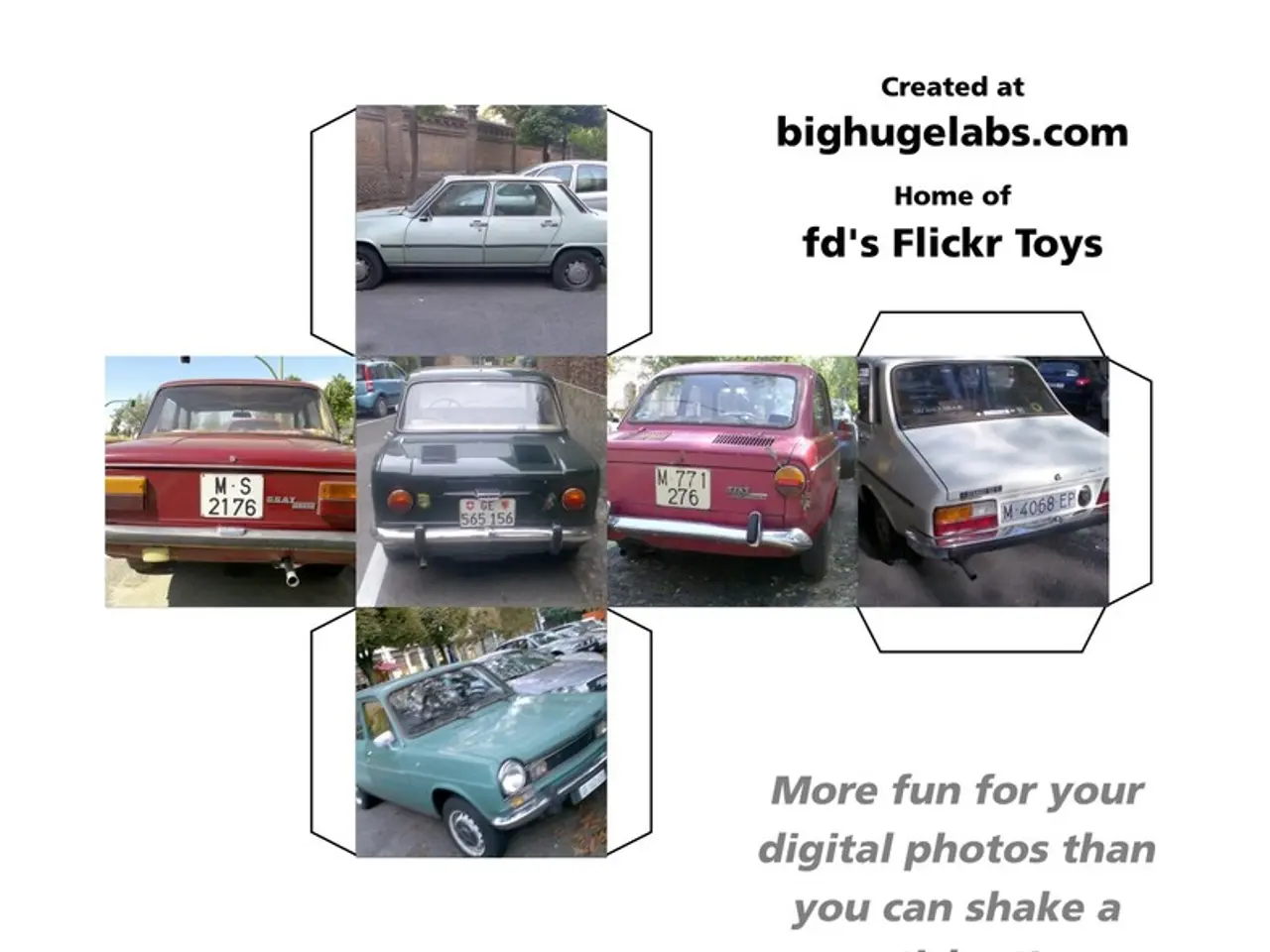Exploring the Emergence of Artificial Food: 3D-Printed Meat Examination
In the ever-evolving world of food technology, 3D-printed meat is making waves as a novel and innovative solution to traditional farming methods. This lab-grown, programmable meat replica is created through the additive process of 3D printing, replicating the look, mouthfeel, and even the cellular structure of conventionally farmed, butchered meat.
As a "novel food" according to the U.S. Food and Drug Administration (FDA), food regulations are still being developed to allow 3D-printed meat into the market. However, significant strides are being made by key players in the industry.
Israeli startups, such as Redefine Meat and Steakholder Foods (formerly MeaTech 3D), are leading the development and production of 3D-printed meat. Redefine Meat, in particular, is focusing on advancing 3D meat-printing technology that allows for customization and scalability, combining plant-based ingredients with a digital printing approach to produce complex meat analogs.
Other notable companies include Aleph Farms, Eat Just, MeaTech, Future Meat Technologies, Shiok Meats, SavorEat and NOVAMEAT, Mosa Meat, and Meatable. These companies are contributing technology and investment towards 3D bioprinting and cultivated meat solutions.
The benefits of 3D-printed meat are numerous. It is customizable, slaughter-free, environmentally friendly, quicker to produce, and addresses a growing global demand for animal proteins. However, compared to other 3D-printed foodstuffs, 3D-printed meat ranks low in its printability.
The average cost of a 3D-food printer ranges between $1,000 to $5,000, but industrial-sized, food-grade machines for meat production can be more expensive. A cut of 3D-printed steak can cost £20 to £30 in some restaurants, while the Wagyu variety can cost astronomically higher at $900.
The process of creating 3D-printed meat involves using real animal cells, cultured and multiplied in a lab environment, and plant-based proteins. The bio-ink used in 3D-printed meat contains cultured cells, plant proteins, fats, and other additives to ensure the product is nutritionally similar to traditional meat. The printed product undergoes a maturation phase, where muscle fibers fully form with the right density, thickness, and length.
Meat-specific 3D printers require more development to ensure food safety at every step. Some 3D food printers incorporate lasers to cook the food as it prints.
In 2023, UPSIDE Foods received full regulatory approval from the FDA and United States Department of Agriculture (USDA) to produce and sell its cultivated chicken product, marking a significant milestone in the industry. Eat Just became the first to receive regulatory approval for selling lab-grown chicken in Singapore in 2020, making Singapore the first country in the world to approve the sale of any cultivated meat.
3D-printed meat is currently available in select restaurants and grocery stores in the United States, Europe, and Israel, with Singapore being the only place where it can be purchased in a grocery store. As regulations continue to develop and technology advances, it is expected that 3D-printed meat will become more widely available in the near future.
[1] Redefine Meat: https://www.redefinemeat.com/ [3] Eat Just: https://www.eatjust.co/ [4] Steakholder Foods: https://steakholderfoods.com/ [5] Meatable: https://www.meatable.co/
Science and technology are playing significant roles in the development and production of 3D-printed meat, with Israeli startups like Redefine Meat and Steakholder Foods (formerly MeaTech 3D) at the forefront. These companies, along with others such as Aleph Farms, Eat Just, MeaTech, Future Meat Technologies, Shiok Meats, SavorEat, and NOVAMEAT, Mosa Meat, and Meatable, are investing in 3D bioprinting and cultivated meat solutions to create a customizable, slaughter-free, environmentally friendly, and quicker alternative to traditional meat farming.




